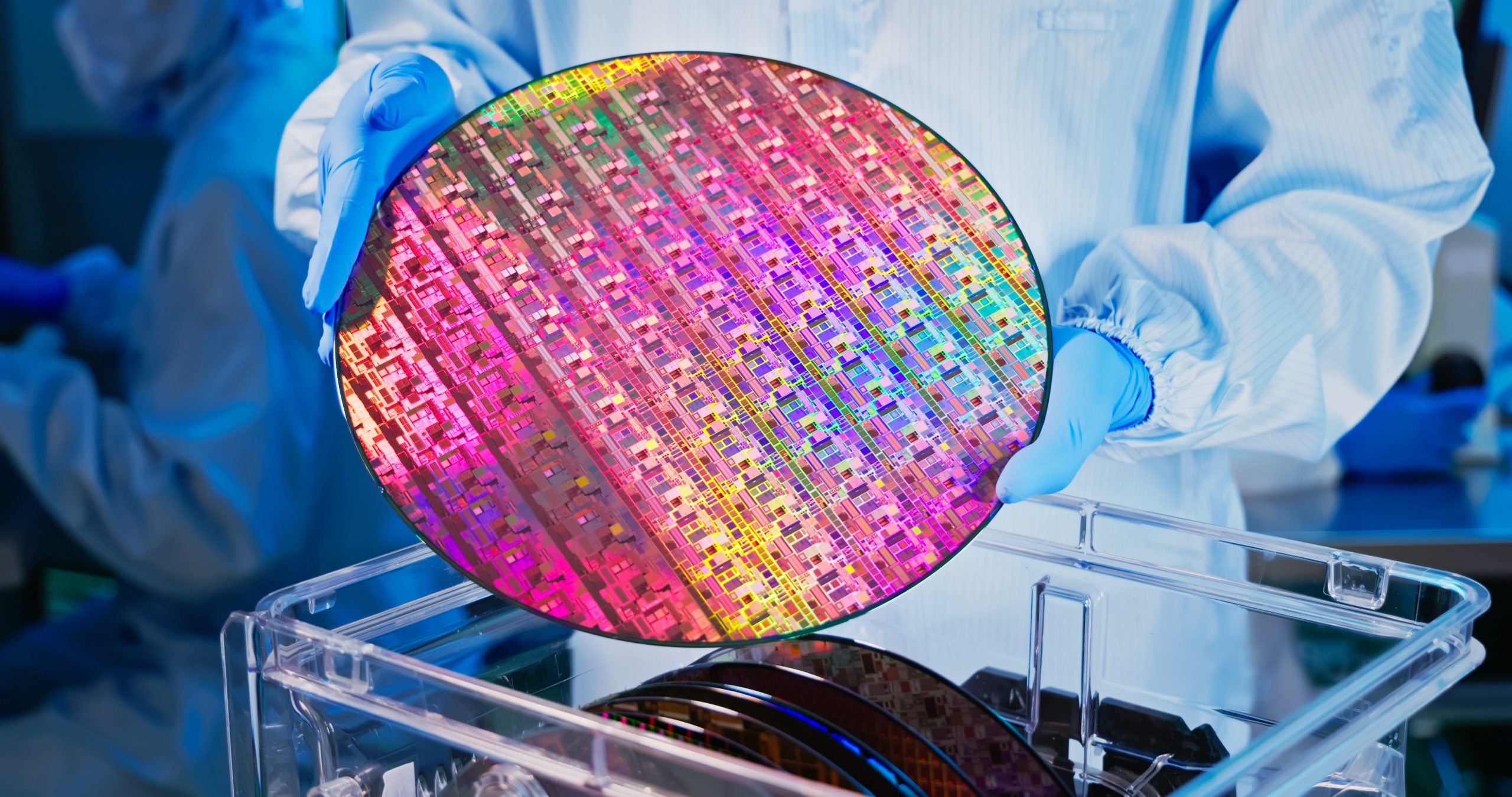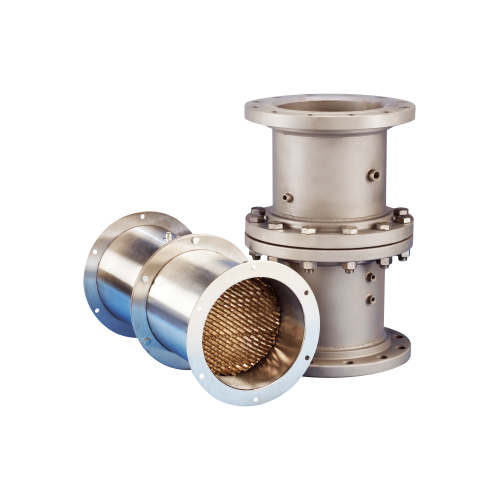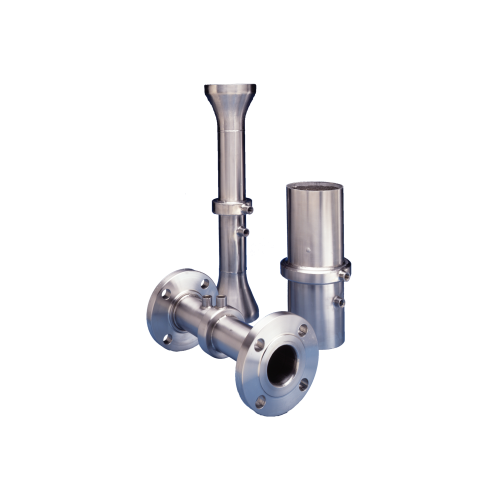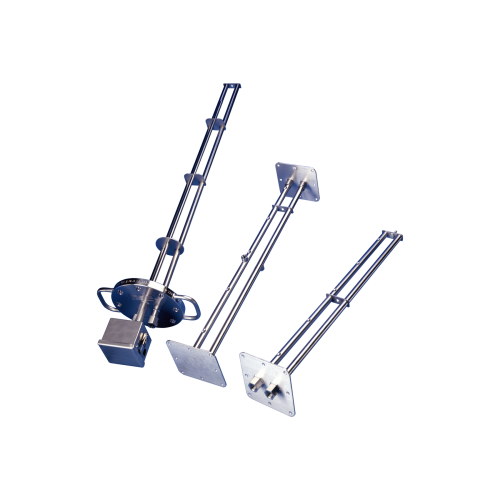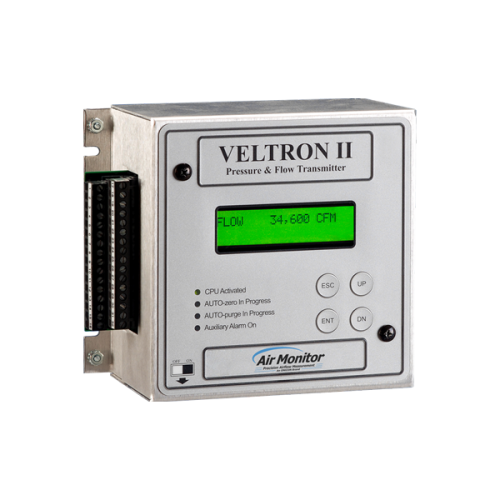Semiconductor Manufacturing
Accurate airflow measurement and verification is critical to the semiconductor manufacturing process. Implementing process controls, including airflow measurement of pollution control equipment like fab exhaust, solvent exhaust, and scrubber system exhaust, can reduce maintenance costs and downtime – and avoid fines from environmental regulators.Speak With an Application Engineer
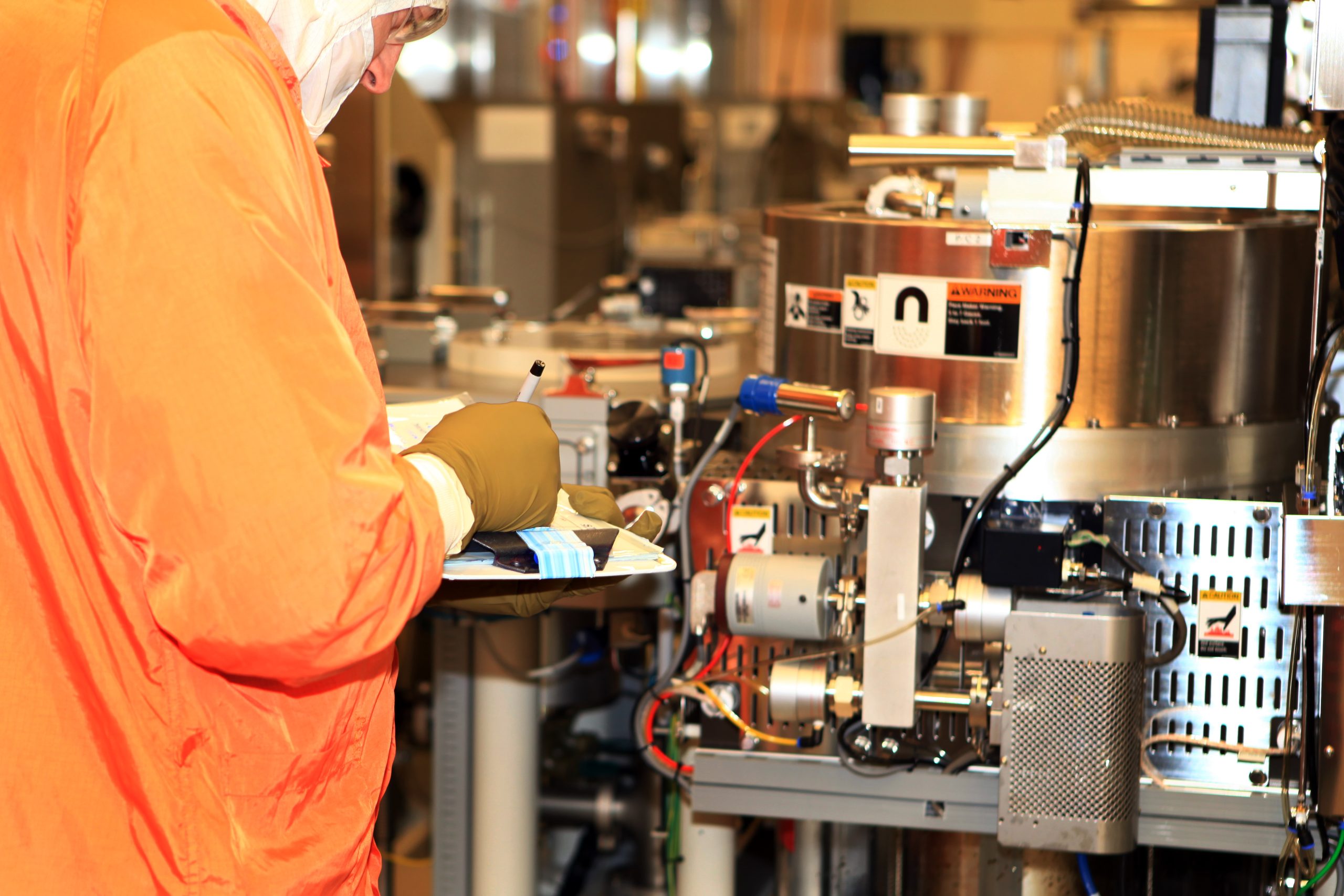
Air Monitor Solutions Can Help
Boost Reliability Records
Semiconductors are fabricated in controlled cleanroom environments, which are subject to greenhouse gas emissions reporting, based on carbon dioxide equivalent (C02e) emissions.Control Challenging Pollutants
Semiconductor manufacturing produces highly toxic pollutants, such as volatile organic compounds (VOCs) that pose health and safety issues for personnel, as well as hazards to the environment.Improve Production Uptime
The average cost of unplanned downtime in the semiconductor industry is $1 million per hour. Reduce maintenance costs while minimizing downtime with our highly accurate airflow measurement systems.ACCU-flo High Accuracy Stainless Steel Station
The ACCU-flo is a combination precision nozzle and multi-point, self-averaging Pitot airflow measurement station. When combined with an ultra-high accuracy transmitter, such as Air Monitor’s VELTRON II, the ACCU-flo provides high accuracy (±0.5%) flow measurement for process monitoring and control applications. The combined effect of the integral flow straightener cell and the nozzle means little or no upstream straight run is needed to achieve the published accuracy.
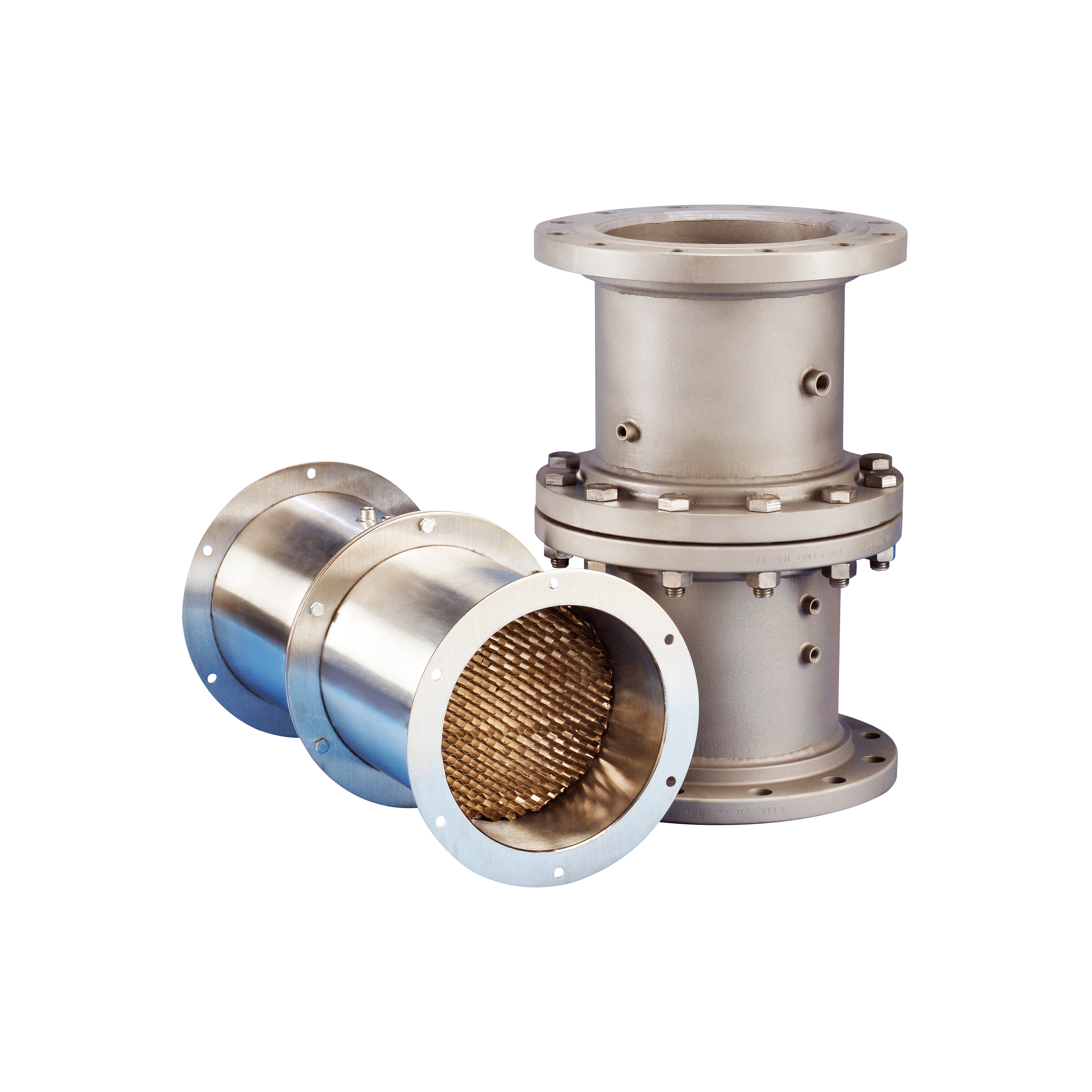
LO-flo/SS Stainless Steel Pitot Traverse Probe
The LO-flo is a combination air equalizer-straightener with a self-averaging Pitot tube traverse airflow measuring station. Fabricated entirely of Type 316 stainless steel, it is capable of operation up to 1000ºF. The LO-flo provides highly accurate measurement of low air volumes of 2 to 2000 CFM for monitoring, indicating, and controlling industrial applications when coupled with ultra-low span electronic differential pressure or flow transmitters such as the Air Monitor VELTRON II.
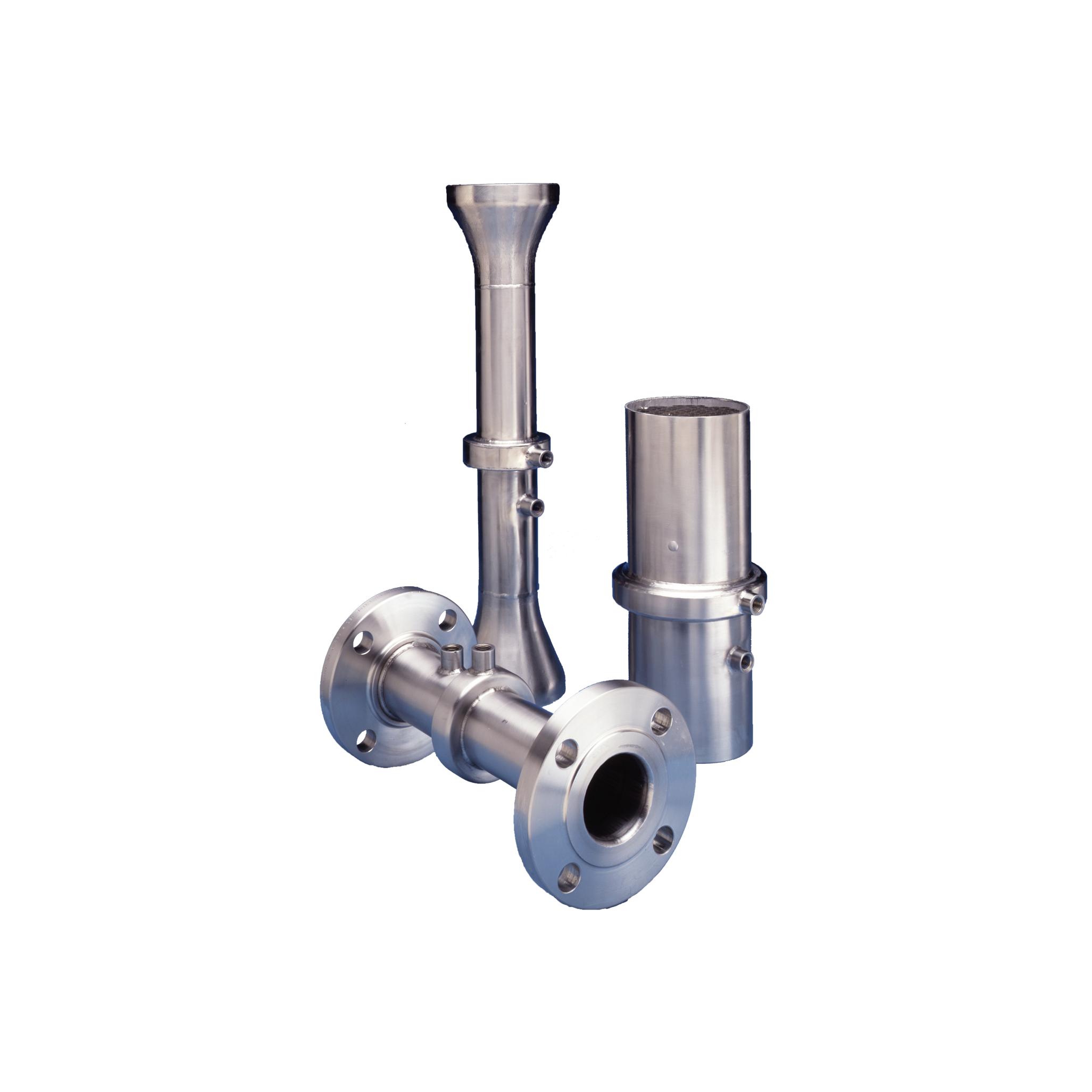
VOLU-probe SS – Stainless Steel Traverse Probe with Transmitter
The Air Monitor VOLU-probe SS is used to accurately measure the flow of waste gas from industrial processes to a regenerative thermal oxidizer, to ensure complete destruction of HAPs and VOCs. This stainless steel probe design is the best option for situations with moderate straight runs, such as for an RTO.
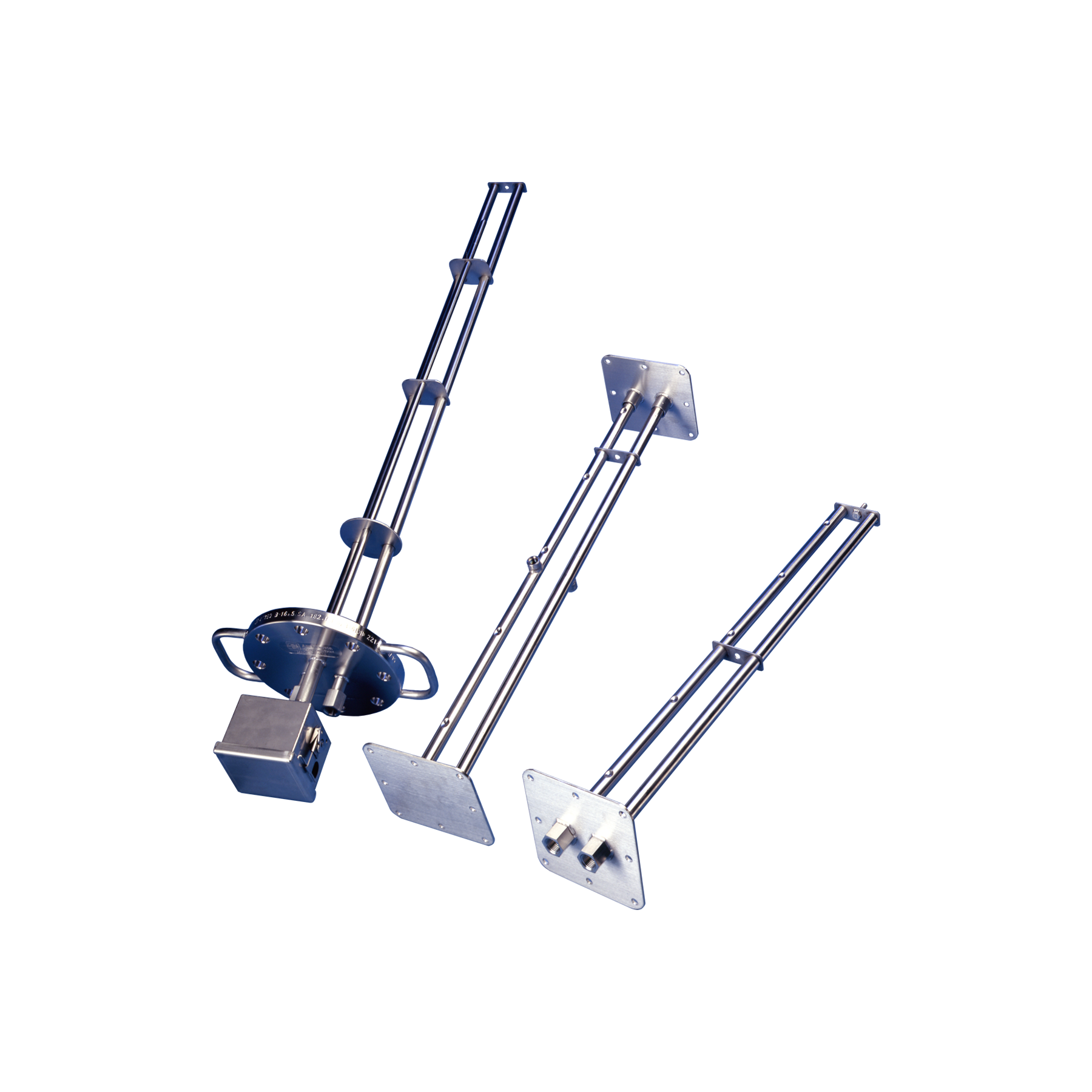
VELTRON II Transmitter
The multivariable VELTRON II Transmitter is an ultra-low range differential pressure and flow “smart” transmitter. With its ±0.1% natural span accuracy, it is intended for the most critical and demanding HVAC and industrial airflow monitoring applications requiring the utmost accuracy and long-term stability.
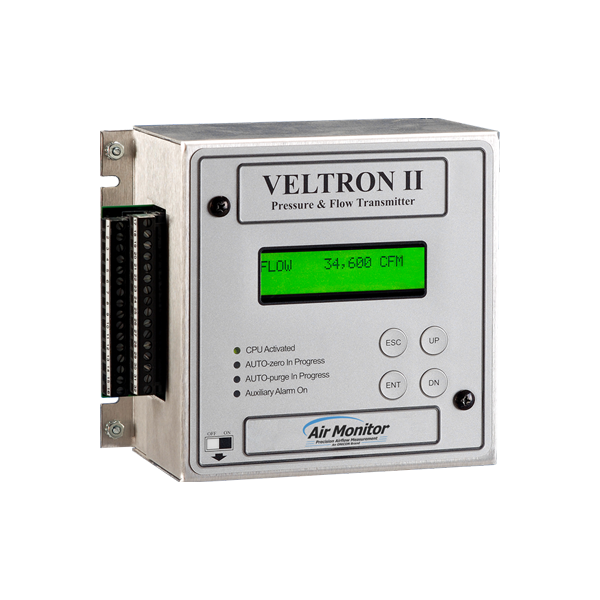
Airflow Measurement in the Semiconductor Manufacturing Process
Demands from the smartphone sector and other tech industries has placed stress on the semiconductor supply chain. The need to produce semiconductor devices using more sustainable processes to reduce the emissions of toxic pollutants during the manufacturing process requires manufacturers to implement systems with accurate and reliable measurement and control devices.
Fabricating semiconductor chips from silicon into single wafers and ultimately into integrated circuits (ICs) requires many complicated steps. After cutting the silicon into thin wafers, a photolithography process is used to etch the circuit pattern into the wafer surface. This step involves a photo mask and wet etching with chemicals or dry etching with plasma gas.
These etching processes are repeated several times on the wafer, building up layers of circuit patterns to form chip designs. On top of each layer, a thin film is deposited on the wafer using chemical vapor deposition (CVD).
To add electrical properties to the silicon material, ion implantation injects impurities into the silicon wafer, which allows it to conduct electricity.
Many steps in the electronic circuits manufacturing process, including photolithography and chemical processes such as surface passivation and thermal oxidation, require airflow verification and the exhaust and waste processing equipment must be optimized. Accurate airflow measurements are needed to meet toxic exhaust reduction requirements for volatile organic chemicals and hazardous air pollutants in exhaust.
